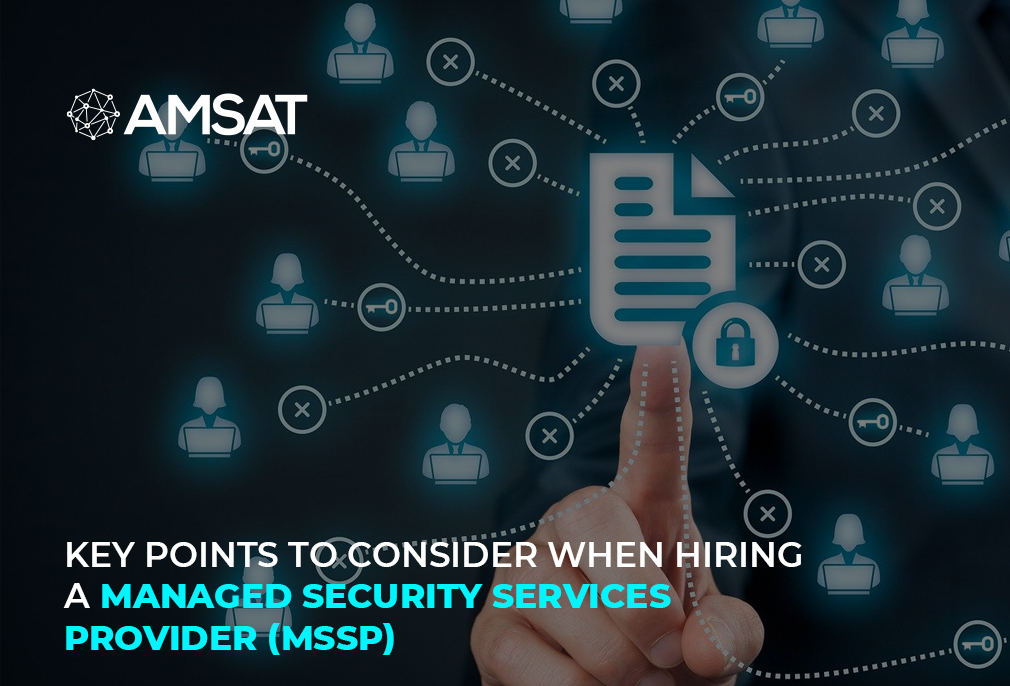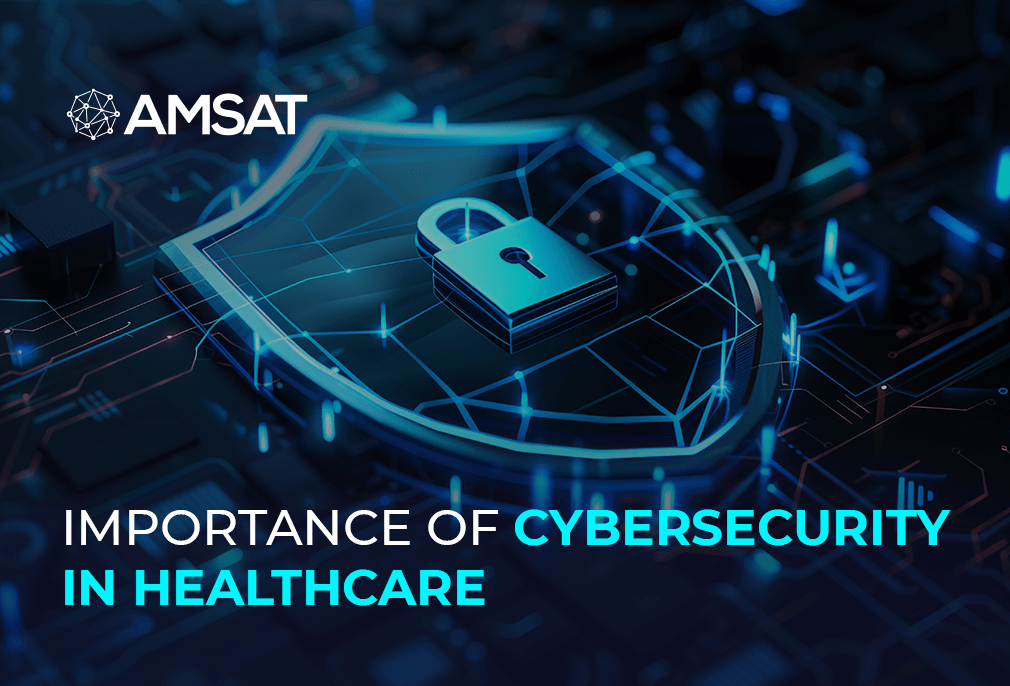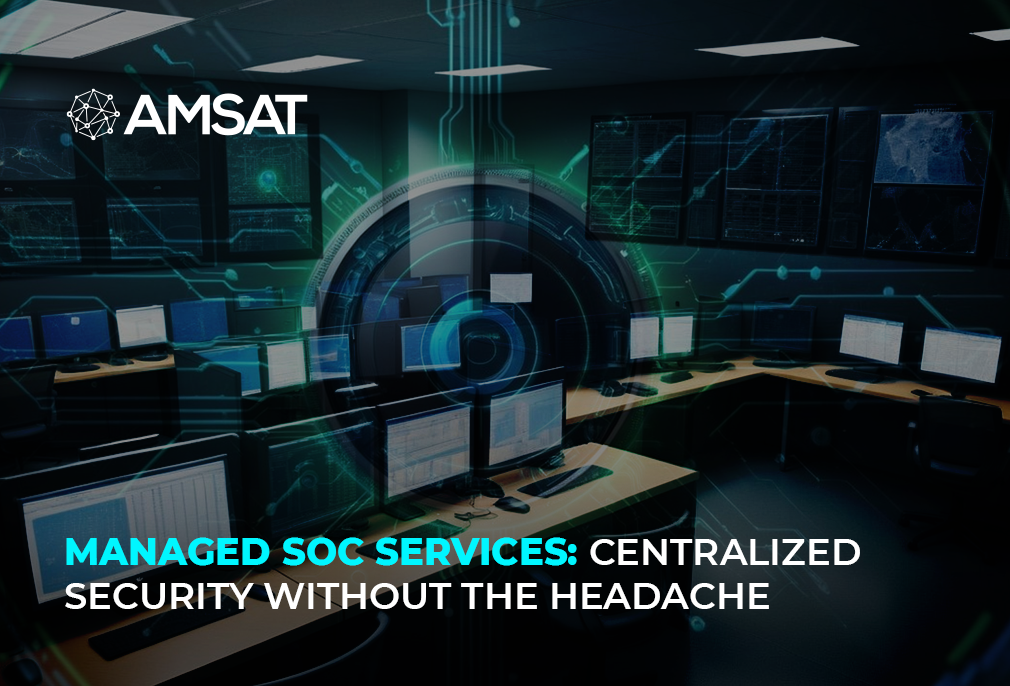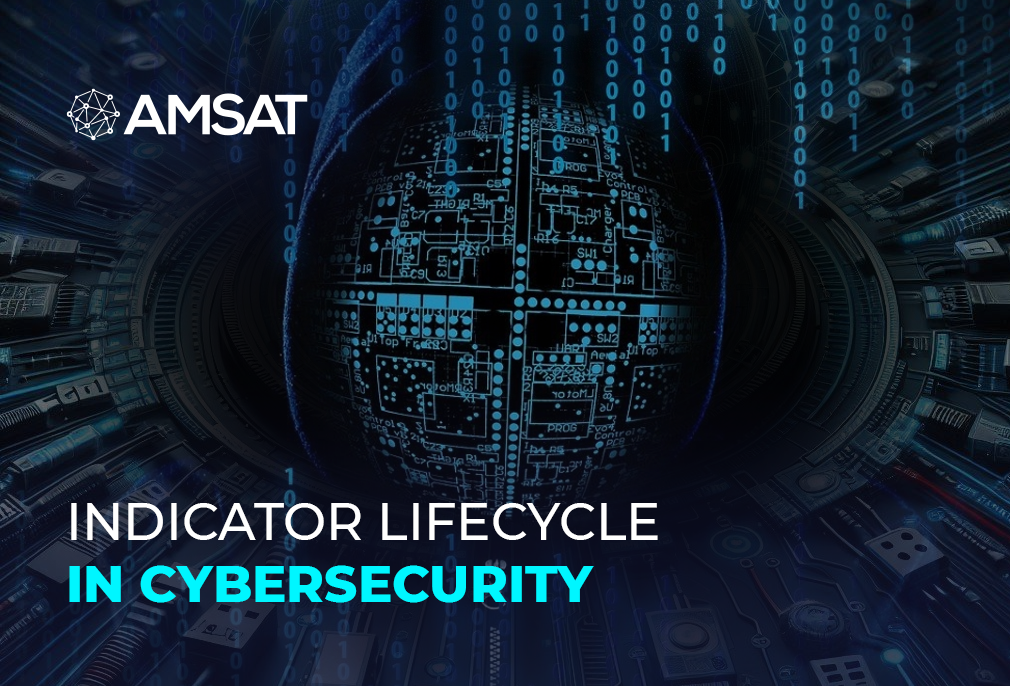Latest Blogs
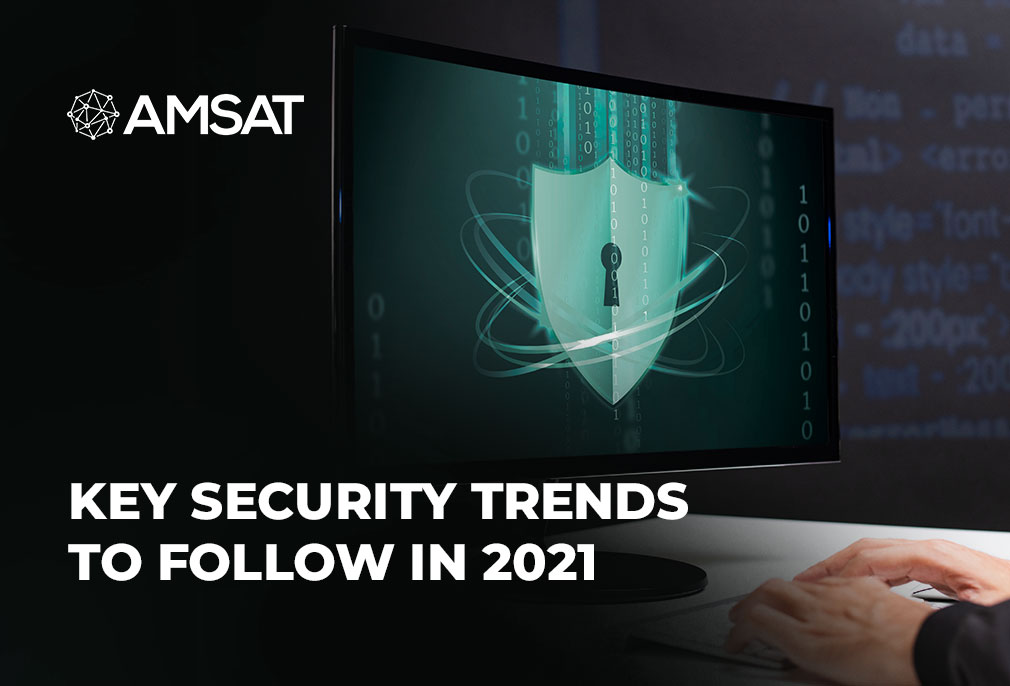
By AMSAT April 8,2021
Key Cybersecurity Trends, Threats, and Events to Emerge in 2021
Looking back on a year of unparalleled uncertainty, almost everyone from all walks of life learned some lessons, including cybersecurity leaders and experts. The sudden change in working patterns prompted millions of employees to work from home, putting enormous strain on access to IT systems.
Cybercriminals didn’t let their guards down in determining how these and other changes created flaws to target and abuse either, which led to an upsurge in cyber-threat activity. By the end of March, more than 40,000 newly registered websites had already been identified with Covid-related names, which experts classified as “highly vulnerable” sites due to the scams and malware being pushed onto gullible consumers.
By and large, cybersecurity emerged as a high priority for organizations as well as consumers who relied on technology more than ever before. So, remembering how vital it is to talk about cybersecurity more openly and therefore inspire deeper appreciation of the threats and best preemptive strategies, here are some major trends to look out in 2021:
1. Employee fatigue
Post Covid-19, a dramatic shift in working patterns has upended employees’ routine life: work from home has forced them to clock in more hours, which means very little respite with barely any gaps between meetings, and virtually no commute. All this has caused considerable employee fatigue or complacency, which means more human errors leading to cybersecurity issues. And this implies that businesses need to think about a whole new level of IT security education program, including ensuring people to step away and take a break.
When you make a cybersecurity error at the workplace, it’s easy to go down and approach a responsive member of your IT security team. But it becomes extremely difficult to do at home now shorn of direct access to your usual go-to person, and it requires far more confidence to admit. Organizations need to take this human error factor into account and ensure steady edge security, regardless of the connection.
2. Surge in ransomware attacks
Ransomware attacks continue to rise both in frequency and severity, which doesn’t bode well for businesses. As everyone grappled to bear down with Covid-19 and move data and systems online, malicious threat actors saw more opportunities to exploit systems that were set up in haste.
In these well-coordinated attacks, business data is held hostage by the cybercriminals who will demand payment or compensation in order to return access to the data. Unscrupulous threat actors continue to innovate and improve their encryption processes, making them even harder to crack. They will continue to target the most susceptible businesses that cannot afford to lose their data and raise pressure to cave in to the extortion. While an all-inclusive data security system is central in helping to foil an attack, a simple backup of your valuable company data is one of the best safeguards against a ransomware attack.
3. Likelihood of more security incidents
A number of businesses in Europe sought to move key business processes to the cloud over the next few years, but with the onset of Covid-19, the plan has been pushed back a few months. Instead of taking the time to recodify processes, a transitional boost and shift step was added: the swift move. While the procedure may still be the same, the setting and security change. In 2021, companies are recodifying to gain the real benefits of agility from the cloud, while security teams are still rectifying the issues from the transitional shift. This ongoing migration at pace will lead to security holes, and we’re likely to see more cloud security events until the shifts are complete and we return to a semblance of stability, at least for a while.
4. SOC teams to grapple with a new work environment and more work pressure
As many companies look to cut costs, one natural solution is to hasten the digitization of processes. This means a surge of cybersecurity data returning to the security operations center (SOC). Add to this the shift already seen in telemetry as employees work from home, and a rise from more new association tools and cloud processes. Several SOC teams had also been accustomed to using numerous screens for big data analytics, and consistent team meetings to discuss multifaceted issues; so, the shift to work remotely, often with one screen, has been difficult for some.
4. Increased focus on privacy
In the West, especially in Europe, increased focus on data privacy has been seen in the last few months. Just one example of how momentous this has become is a major smartphone company running TV adverts in the region underlining its data protection capabilities. Simultaneously, we have the EU looking to build EU clouds, such as the Gaia-X project, that align to the broader EU cloud approach. All of this shows the priority of privacy on the EU agenda.
TAGS
- Cybersecurity Mesh
- Security Trends
- Integrating AI with cyber security
- Cyber warfare
Recent Blogs
Ready to Get Started?
Our specialists are ready to tailor our security service solutions to fit the needs of your organization.
